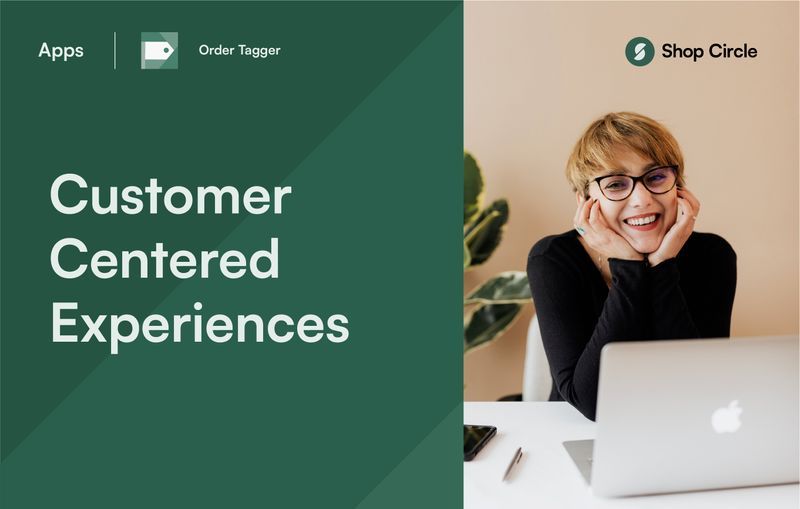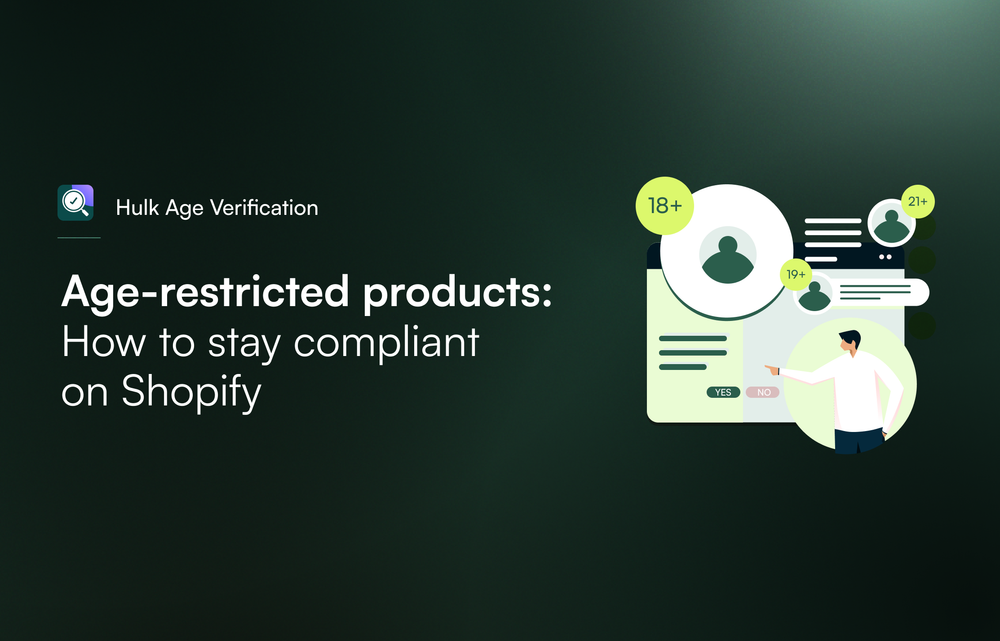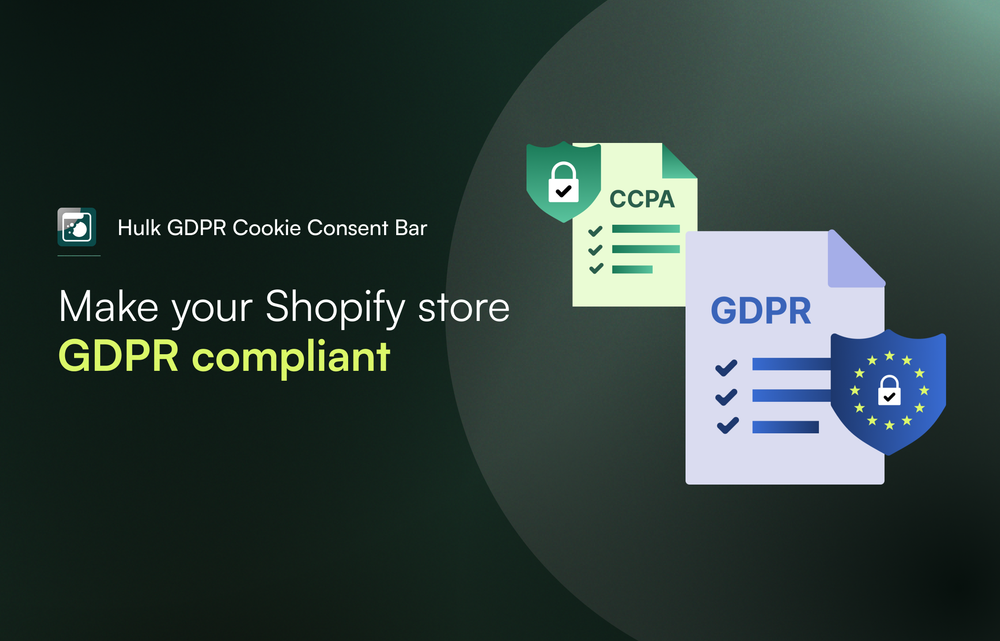Back to all posts
Tagi zamówień SC i procesy | Handel cyfrowy | Aplikacje
Ważność spersonalizowanego doświadczenia dla Twoich klientów
Delivering an article about personalization tailored according to your needs.
7 minutes, 24 seconds

When you think about your most memorable brand experience, what comes to mind? There was likely something that felt personal to you, that left a lasting impression. Personalization is a fundamental aspect of branding, and no business can thrive without it in today’s highly connected, equally competitive market.
Personalization is more than just a bonus for doing business. Personalized experiences build brand loyalty, boost customer satisfaction and make people remember your business. Recent research reveals that 80% of consumers are more likely to purchase from a brand that offers personalized experiences.
In 2017, 90% of U.S. consumers find personalized marketing somewhat or very appealing. That was five years ago. Think about how much the world has changed since then. If personalization mattered to customers then, it’s importance is unquestionable today.
What does personalization mean in e-commerce business?
You might think that your business always offers a personalized touch. If you’re a small business owner, then you are the one engaging with your audience on a daily basis. You respond to their emails, answer their questions, possibly even pack their orders and ship them out.
But is that enough to make people feel noticed?
Sometimes, a brand can put a lot of effort into its products but miss the mark when it comes to personalizing the customer experience. Even a great one-size-fits-all approach to sales feels less authentic than a single personalized interaction.
Personalization is a customer-centric approach to sales.
This method is most effective when you target specific moments in the buyer’s journey. For example, sending a bonus thank-you gift for first-time customers. For people who abandon their cart, you can offer an exclusive discount. For partially fulfilled orders, send updates about the remainder of their order and extend an open-door policy for any questions they may have.
Personalization is all about presence. When you make your business available to customers at every stage of the sales funnel, you become a trusted brand they are more likely to engage with in the future.
How to start personalizing your business
If you think personalization would be a helpful strategy in your business, there is an easy way to start improving yours. First, take a close look at your current customer experience.
Ask yourself:
- How many interactions does the average customer have with our brand before making a purchase?
- What are the most common interactions, and how could they become more personalized?
- Is our business actively available for engagement, or do we passively process orders?
Factors like acknowledgement, affirmation and gratitude. People appreciate being seen, being valued and being shown appreciation. While you may be providing a product and service to them, they are giving you their hard-earned money, time and attention. These are important attributes that should never go unnoticed.
Address your marketing strategy
Personalization is not just about making purchases feel more special. It also ties into your marketing and how you attract and convert leads from your target audience.
Imagine you had to buy a gift for your friend’s birthday. The surprise party is last-minute, so you’re pressed for time when it comes to finding the right present. You could get them something small that you know they like and attach a hand-written card. Or you could buy them a generic gift thrown in the store’s wrapping and call it a day.
Which one do you think they’ll appreciate more?
The same logic applies to marketing. Smaller, personalized gestures are more appreciated and effective than grandiose, generic advertising.
If you look up marketing tips for any business, you’ll see the word “personalization” applied in many contexts. Unfortunately, this overuse can cause it to feel like a meaningless buzzword rather than a valuable technique.
That’s why we’re here to clear up any confusion.
Start with segmentation
Marketing through personalization means knowing your audience, their expectations and current experience with your brand. Segmentation will be your best friend — it’s how you break your audience down into sub-groups based on specific, shared characteristics.
For example, one segment of your email mailing list might be leads who just encountered your business for the first time. Another could be recurring customers who made at least two purchases in the last year. A final group could be cart abandoners who have been on your site within the last 24 hours.
The type of message and offer you extend to individuals in each of these segments should be distinct. Rather than simply encouraging people to buy, you can reach them through relevant and purpose-driven interaction.
Compile your factors
Now that you know how segments can be useful in personalized marketing, let’s look at some factors to help you identify groups within your audience.
Some key criteria you may want to gather are:
- Geolocation.
- Source (i.e. did they find you through Google, an ad or referral link?).
- What time of day they were on your site.
- Active time spent and what pages they viewed.
- Their browser or device type.
- Purchases they made/items added to cart.
- Filters they applied to searches, e.g. price or type.
These small tidbits can help you offer super-personal, effective discounts that customers are far more likely to act upon. For example, this Personalization Report by Segment revealed 60% of customers said receiving a deal within an hour of interacting with a brand built greater loyalty.
A 2023 Customer Service Statistics report also shares:
- 89% of customers will pay more for certain companies that offer solutions customers can find online.
- 61% of customers would leave for a competitor after just one negative experience.
- 70% of the buying experience is based on how the customer is treated.
- 90% of customers are willing to spend more when companies provide personalized customer services.
Focus on high-conversion groups
The Segment report also found that 40% of shoppers purchased a product they did not intend to buy after they received a personalized recommendation.
High-conversion groups can be identified based on their engagement level and purchase history. Sending personalized product recommendations should be:
- Relevant to the consumer and recent activity
- Similar to their previous price point
- Value-based and benefits-driven
Support any offers you make with action verbs and data. Rather than feeling harassed, you want customers to feel like you care about their experience. You don’t just want them to get a one-time deal; you’re offering them even greater value based on what you’ve taken time to notice about them.
Automation for personalization
That may sound like a paradox, but automation is really a powerful solution. Technology has made it feasible for brands to personalize every product without losing work hours in the process. Enter SC Order Tags & Flows, an app that automatically streamlines your fulfillment and order organization.
With SC Order Tags & Flows, you can make auto tags for better workflow and order processing. This allows you to focus more on building a customer experience. SC Order Tags & Flows can identify which items are out-of-stock, sort by date, delivery time, zip code and other attributes.
You can also filter your orders to see which ones are by first-time customers and which items are out-of-stock, so you can send customers emails for alternative products they may enjoy instead.
The workflow builder allows you to select your own criteria and conditions for highly segmented and personalized tagging. As the merchant, you can automate processes for different types of orders based on their respective tags.
Let’s take a closer look at an example to see how SC Order Tags & Flows helps you build personalization.
First-time customers don’t go unnoticed
One of SC Order Tags & Flows’ most useful features is the ability to easily sort and identify first-time purchases with your brand. Because you can quickly identify a first-time customer, it’s easier than ever to send an automated, personalized email thanking them for their business.
You can take this a step further and personalize emails and responses to reflect current sales and trends. During discount season, the same first-time customer could have a targeted, automated email that not only thanks them but also offers another discount to use at your store.
Because this email is both instant and time-relevant, the consumer feels more noticed, appreciated and affirmed by your brand.
SC Order Tags & Flows makes it easy to do this and much more. You can segment your customers into different groups based on the type of purchases, the amount of money they spend, products they like and so on. Personalizing your business’s outreach will become faster and easier thanks to the app’s simple yet powerful UI.
A new era of personalization
As marketing continues to change online, personalization will dominate the modern customer experience. Brands seeking to enhance relationships with their customers will have to rely on personalization to shape their strategies.
From marketing online to answering emails, the level of personalization you provide will directly impact how much loyalty you receive.
Rather than focus solely on getting new business, personalization helps you strengthen your customer retention. In turn, you get more business for less money. Retaining existing customers can cost five times less than acquiring new ones. Being able to build a stronger brand while driving higher profits is one of the greatest benefits of personalization.
By taking every individual’s personality into account, you can create a separate experience for them that feels meaningful. With SC Order Tags & Flows, it’s even easier to keep your customers’ experience original.
Try the power of automation now at $15/month, but don’t worry about committing just yet. Try our free plan or a 7-day free trial.



